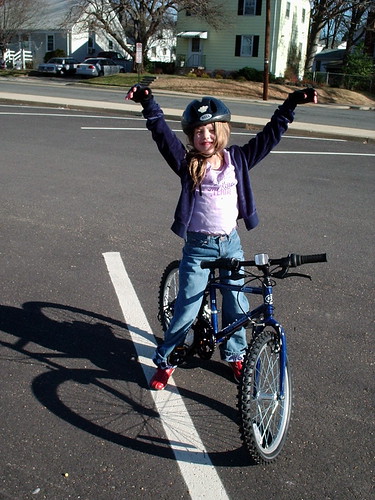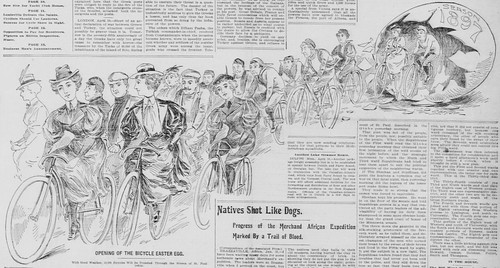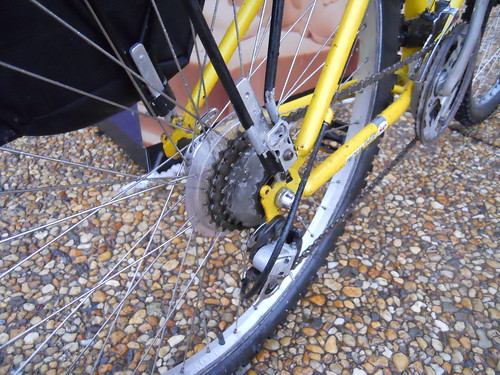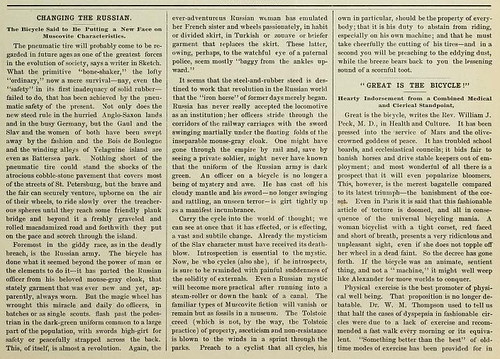The National Bureau of Economic Research, a think tank, has a
new report about helmet usage and safety - "Effects of Bicycle Helmet Laws on Children's Injuries." Here is a summary:
Cycling is popular among children, but results in thousands of injuries annually. In recent years, many states and localities have enacted bicycle helmet laws. We examine direct and indirect effects of these laws on injuries. Using hospital-level panel data and triple difference models, we find helmet laws are associated with reductions in bicycle-related head injuries among children. However, laws also are associated with decreases in non-head cycling injuries, as well as increases in head injuries from other wheeled sports. Thus, the observed reduction in bicycle-related head injuries may be due to reductions in bicycle riding induced by the laws.
The report is interesting and some of what it says is of more general interest than just helmet usage by children. They aren't impressed with the rigor of previously done studies looking at helmet use by children (there are only two) and they take care to compensate for those errors. Their results suggest that the main reason why helmet laws reduce head injuries is more about reducing the amount of bicycling than by better outcomes from accidents thanks to wearing helmets. The last paragraph of the report concludes:
The findings from this paper indicate that while bicycle helmet laws are widespread and thought to be effective, the net effect of these laws on health outcomes is actually not straightforward. It is clear that there are offsetting behaviors and unintended consequences of these laws, and these effects need to be considered by policymakers.
 My daughter some years ago, learning to ride and wearing a helmet - of course
My daughter some years ago, learning to ride and wearing a helmet - of course
While a rather indirect statement, the "effects" that they think "policymakers" (ie, legislators, mostly in state legislatures) should consider would be whether helmet laws are useful overall if the result is as much to reduce bike ridership as the means by which injuries are reduced. It seems hard to imagine anyone seriously advocating eliminating already established helmet laws for children (defined in a wide variety of ways, as the report notes) or opposing new ones, but it certainly seems worth looking at a study like this when considering mandatory helmet laws for adults.








